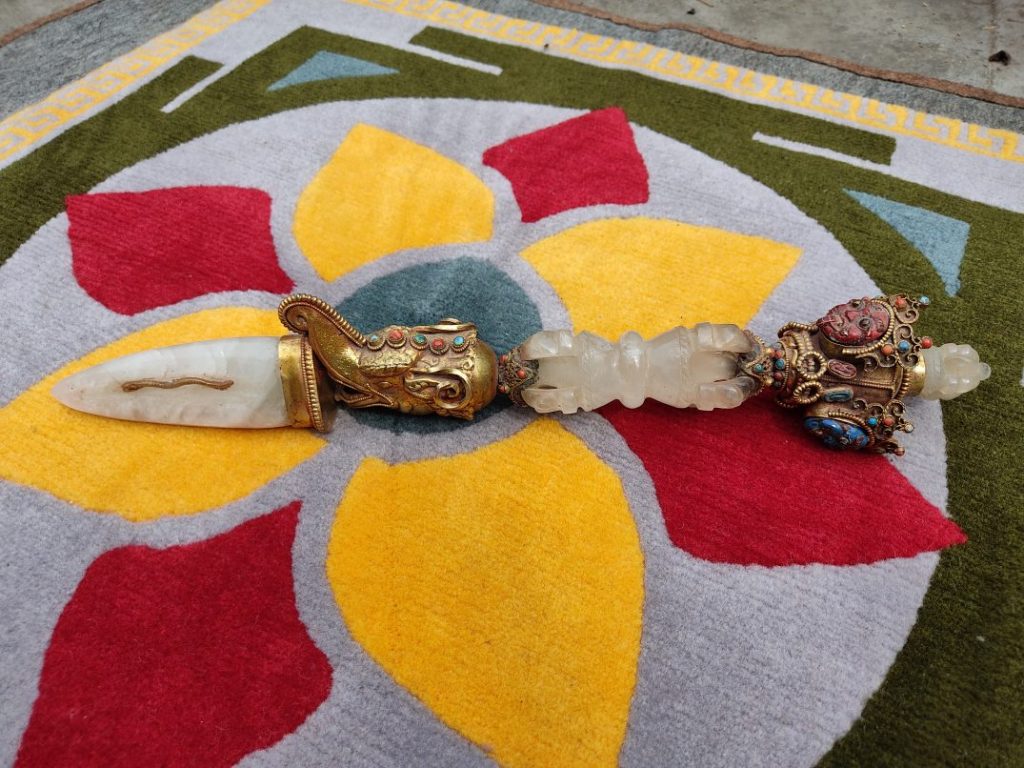
Buddhist rituals are important part of Tibetan culture and traditions. There are supposed to be many different ritual implements like ritual dagger (phurba) , curved knife (kartika) and many more. The Tibetan people follow these rituals in daily lives. Throughout the year these rituals are performed many times with aims as to ensure good harvest, exorcise demons and evil spirits, and stop diseases etc. Each of such items of Buddhist rituals are implemented with their relevant symbolic meaning and magical powers. Many of these ritual items are weapons of the Buddhist deities’ mostly wrathful deities.
Phurba – The Magical Dagger
A Phurba, also known as the magic dagger of Tibetan Buddhism, is a tantric item used to destroy the obstacles and defeat the evil spirits. Often the high level tantric priests utilize it. The word phurba is used commonly in Tibet and in places like Kham, Ladakh and Amdo.
Physical Description of Phurba
The Phurba is believed to have been inspired from the Indian kila. Even Though the real shape of the Indian kila(nail) has not been yet discovered, it seems that in Tibetan culture the phurba is the three-sided blade along with pegs that holds the rope stays of the tent. Due to the ancient living style of Tibetan people then, the tent was the important part of their life. Hence often peg of tent is also considered as the prototype of phurba. Its triple blade is not dagger but more like a peg precisely to hold and secure the tent.
As the Most of traditional Tibetan instruments, the phurba is also made from brass, crystal and iron. And rarely they are also seen being made from the bones. The shaft of the kīla often consists of three faces of Bhairav, one wrathful, one peaceful, one joyful but shaft may also consist of other mythical creatures like makara, snow lion etc. The handle is mostly of a vajra or knotwork design. The blade is usually composed of three triangular faces, meeting at the head of the shaft.
Symbolic Meaning of Phurba
The word phur of “Phurba” is the Tibetan definition of the kila meaning nail or peg in Sanskrit. It is believed that by stabbing the phurba into surface of earth binds the evil spirit on the spot. After pinning down all the evil spirit in the spot, the creator of this implement Padmasambhava Guru built the samye monastery around it.
The Triple blade of the phurpa symbolizes the cutting or getting through the three negative aspects which are ignorance, hatred and desire, And also the three blades are said to symbolize the past, present and future. The grip of phurba is seen with the head of makara at the top of the blade representing the ferocious energy in the phurba. The triangular shape of the phurba is said to symbolize the fire element and represent the wrathful activity.
Ritual Procedure:
When using the phurba, at first the priest meditates and then chants the sadhana of the phurba inviting the deity to enter into it. After the invitation once the priest believes he has conquered the evil spirit he underpins the spirit under the sharp point of phurba. Often the priest visualizes throwing the phurba in order to pierce the evil spirits. It is believed that the success of this ritual depends upon the priest’s level of spirituality, concentration and his spiritual connection with the deity of phurba.
Kartika – The Crescent Knife
The kartika is one of the most common weapons found among the both male and female wrathful deities of Buddhism. Commonly known as knife of dakinis, Kartika is simply carried in their hands with purpose of cutting down any disbelievers and obstacles. In Buddhist teachings, Kartika is seen being held in right hand of the conqueror of death, Yamantaka and many other dakinis.
Physical Description of Kartika
The curved knife, Kartika is believed to have been derived from the Indian Knife of butchers commonly used for skinning the animal. The crescent like structured blade which ends in a curved hook does the combined function like that of cutting knife and the piercing activity like that of the dagger. The crescent shaped blade is used to cut through the flesh and making it clean, separating the exterior and interior as the “emptiness and appearance”. The hook like point of blade is used for delicate acts such as skinning and the slow process of pulling out of tendons and veins.
Symbolic Meaning of Kartika
The Tibetan Tantric Knife Kartika is a Buddhist ritual item that symbolizies piercing edge of wisdom that cuts bond to any worldly things. It removes the six basic sin which are wrong outlook , doubt, pride, ignorance, hatred and greed.
According to mahakala’s representation the curved knife slashes through the veins of enemies and evil spirits and the skullcap is filled with the blood of those enemies. The crescent shaped blade, held by the deities such as mahakala shows the shape of skull cup is believed to be used for making the minced meat out of the enemies’ organs.
The kartika is often crowned with Vajra, which is said to destroy any sort of negative thoughts or ignorance that lead to path of enlightenment. In spiritual practice, the kartika is used to cut through the human uncertainties to progress on the spiritual path.
The chopper blade is generally paired with skull cup. While the chopper is the sharp instrument used to cut through the ignorance representing the masculine principle, the skull cup symbolizes the collected wisdom or the feminine principle.
Ritual Beliefs
Traditionally, the tantric use of this magical knife includes curing of diseases, exorcism, consecrations (puja), conquering evil spirits, weather-making and meditation. Also known as the “enemy-axe”, it is belived to be the powerful weapon used to destroy powerful demons or non-believers of the Buddha dharma. It is believed that the Kartika serves the same purpose as the other Buddhist ritual items like the dorje or the phurba and hence is used during the rituals by the shaman and priests in Vajrayana Buddhism.
Most of these ritual items are used in gumbas or monasteries by the priest lamas who have mastered the Vajrayana Buddhism and got the right to perform the rituals. In this and in different other ways the customs are not different from those of other religion, in which the higher level priest does most acts of worship. Simply appealing and visually splendid, Tibetan ritual implements are fascinating for their unique craftsmanship done by the Tibetan or Nepali craftsmen making them have their rich forms and symbolism.
Click here to check our buddhist items available on our store.
 The statue arrived super fast and very well packed. The vibe in my apartment changed immediately into something deeply calming and soothing. As if all the tensions and anxieties have melted. Can’t believe just how majestic he looks. I was already deeply moved by the photo, but when I see the statue with my own eyes…It feels as if Manjushri is right there, with infinite compassion in his infinite wisdom. May all sentient beings be benefitted and realize their true nature.???
The statue arrived super fast and very well packed. The vibe in my apartment changed immediately into something deeply calming and soothing. As if all the tensions and anxieties have melted. Can’t believe just how majestic he looks. I was already deeply moved by the photo, but when I see the statue with my own eyes…It feels as if Manjushri is right there, with infinite compassion in his infinite wisdom. May all sentient beings be benefitted and realize their true nature.???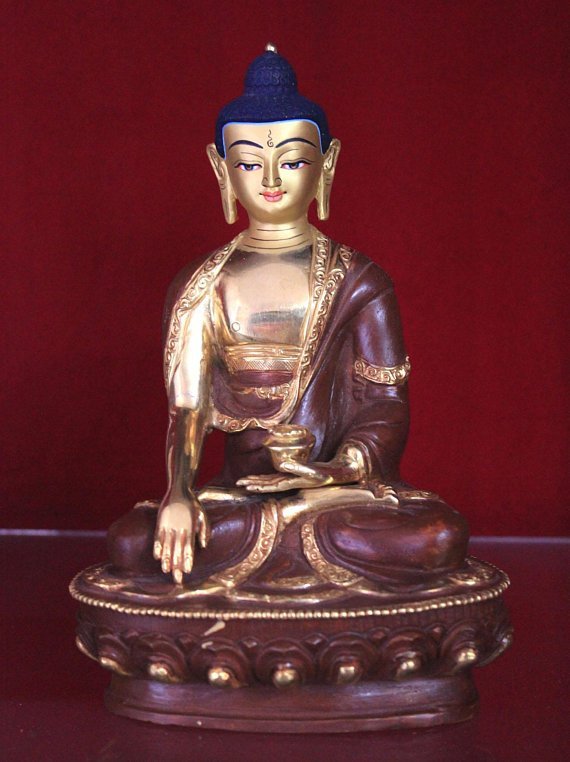
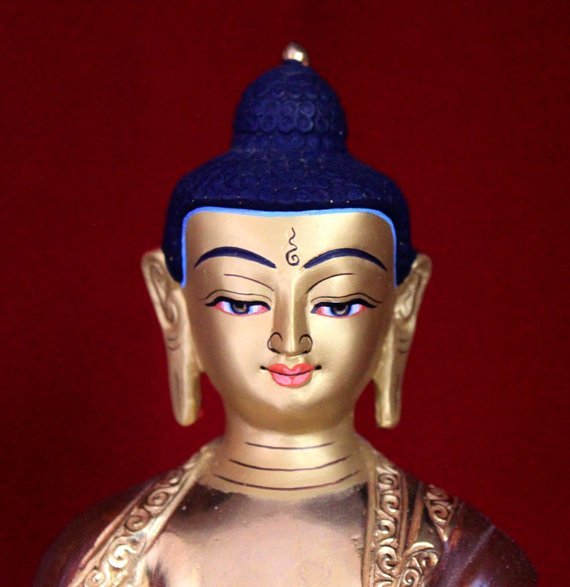
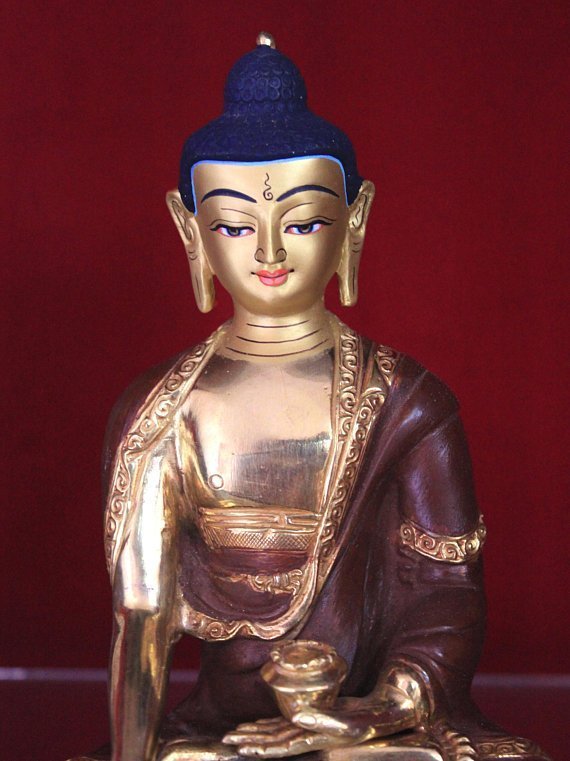
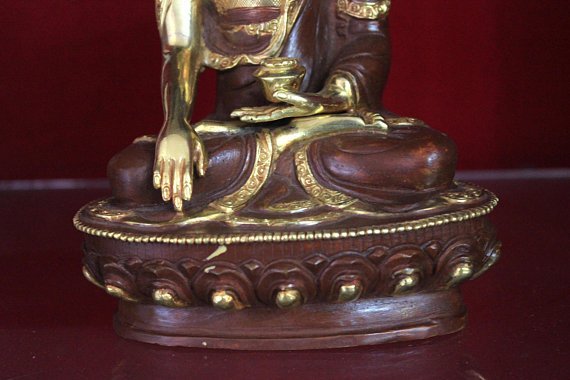
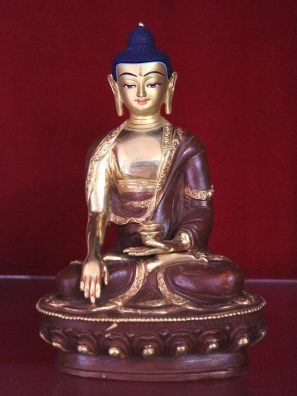
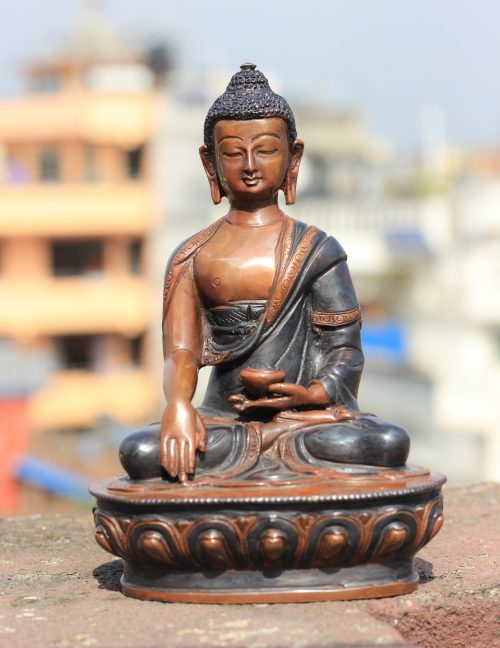
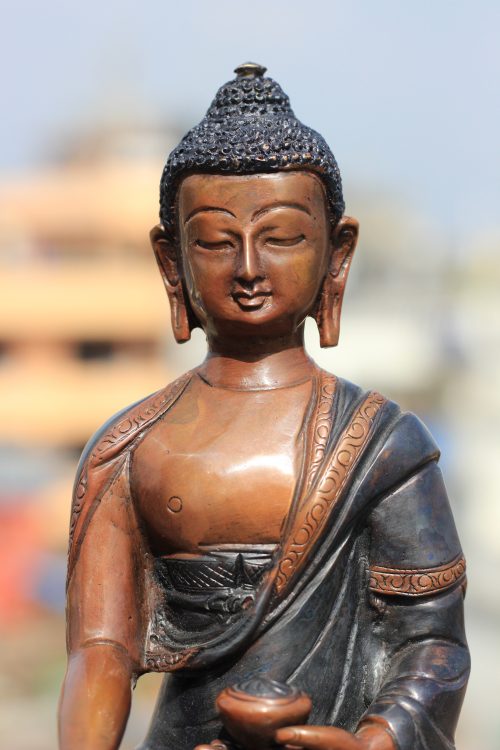
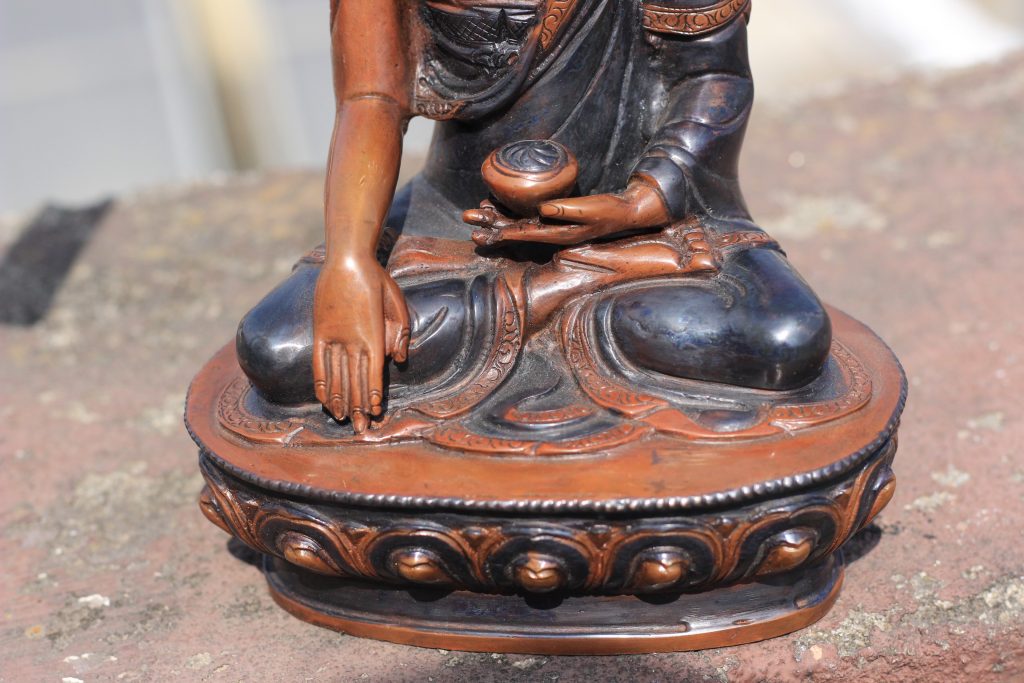
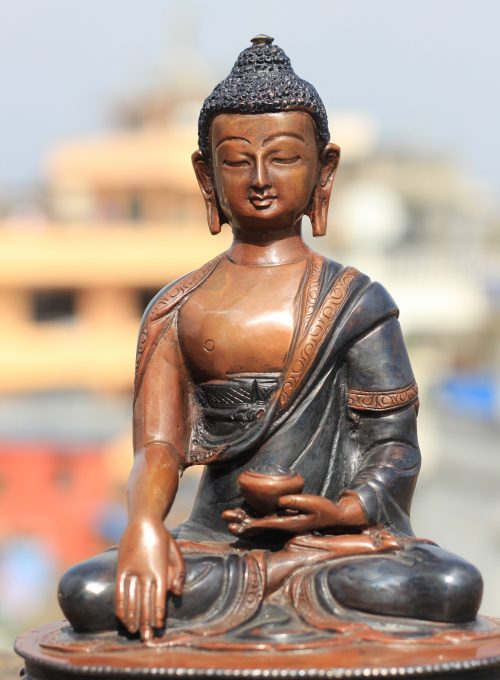
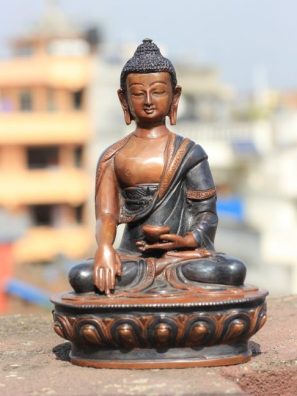
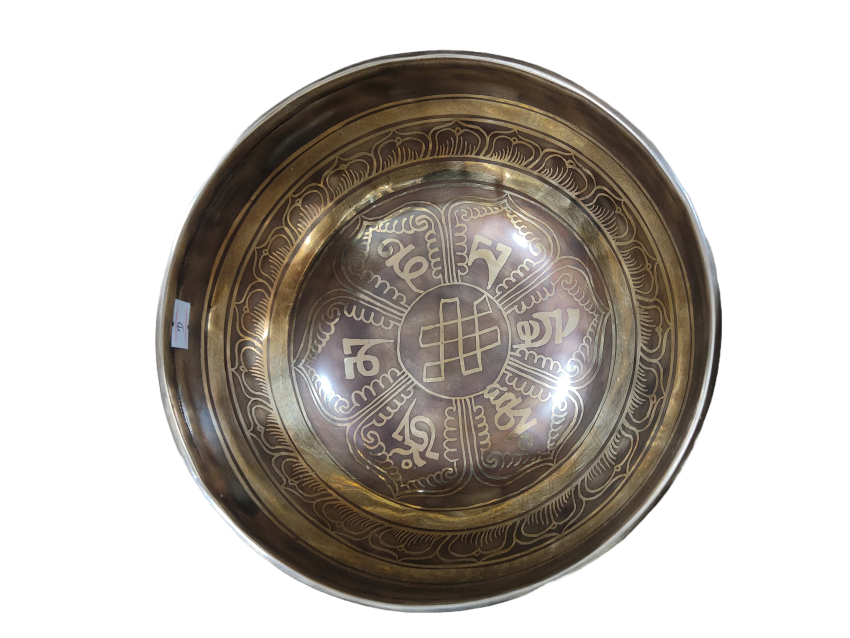
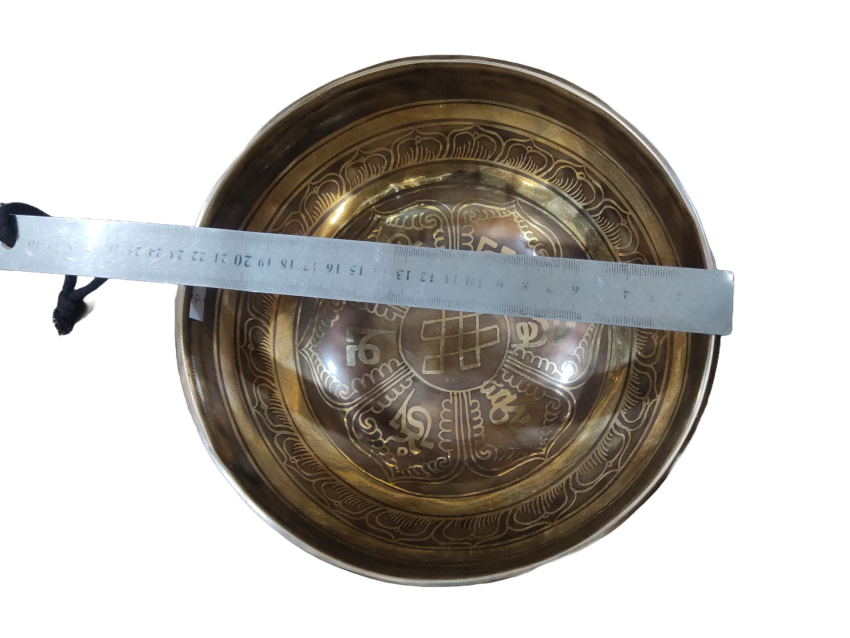
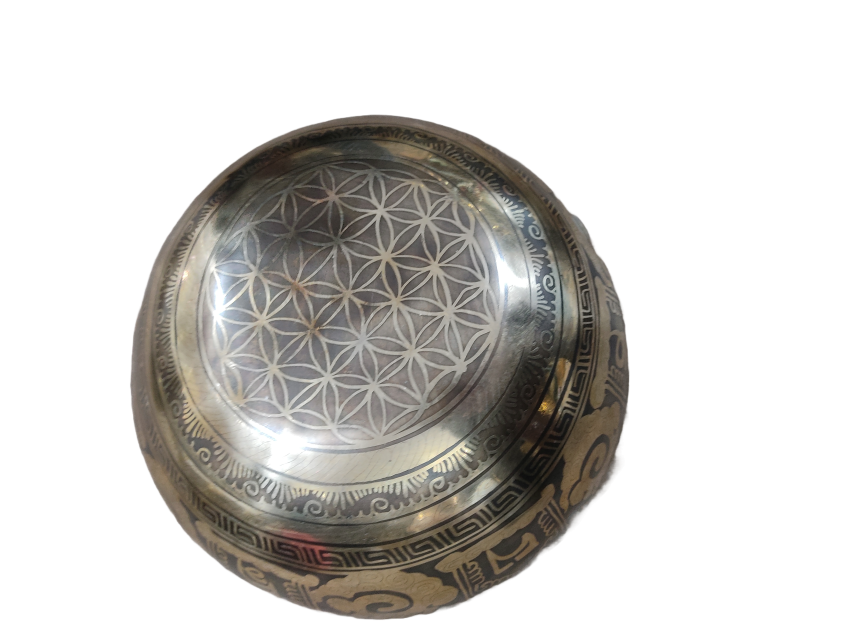
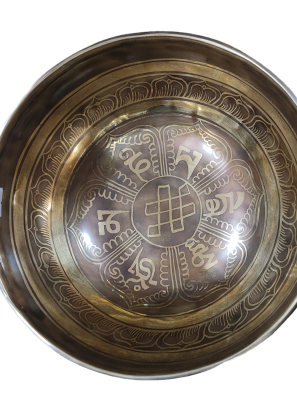
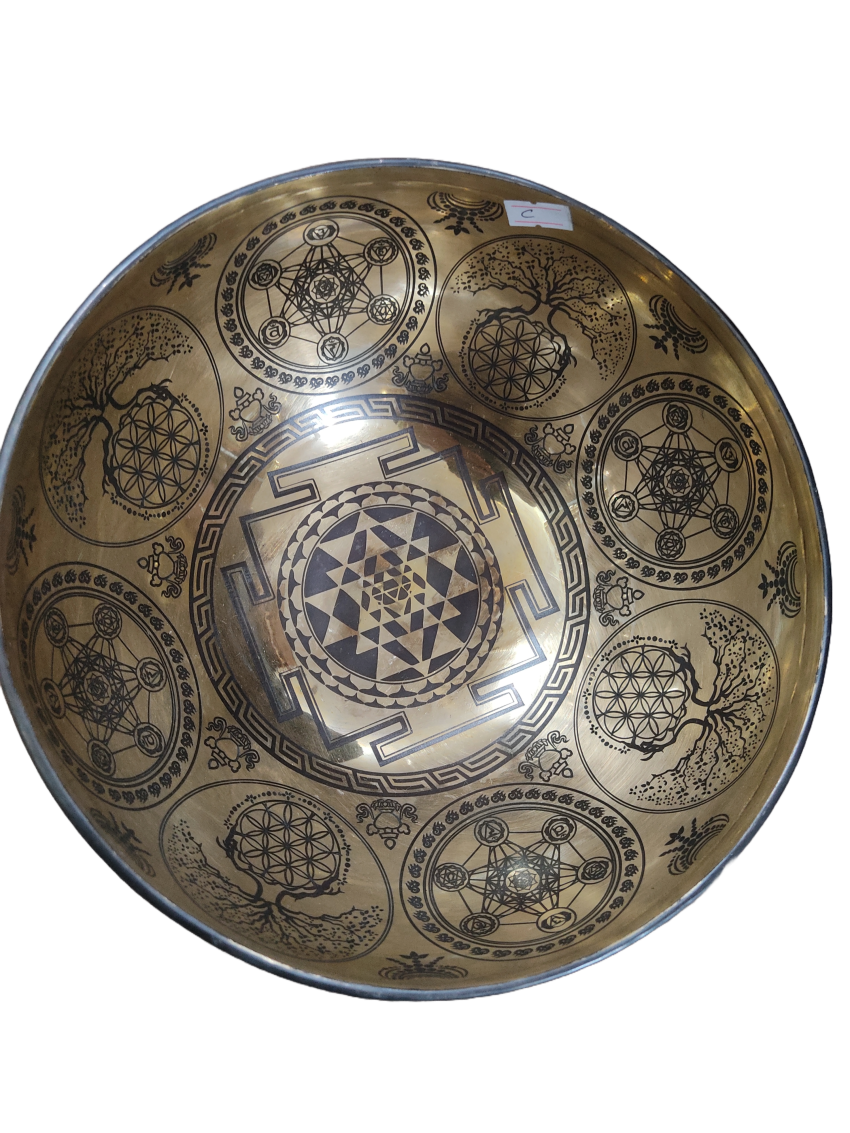
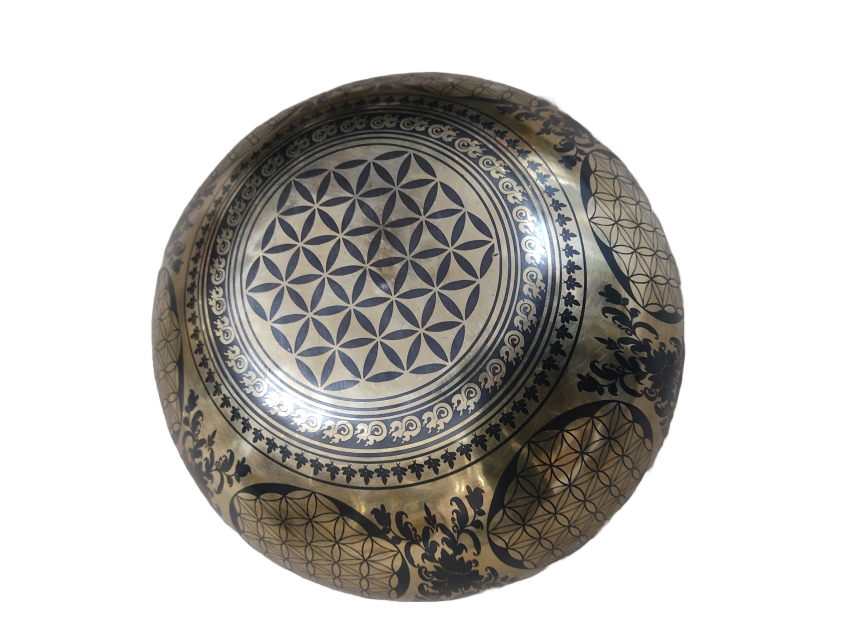
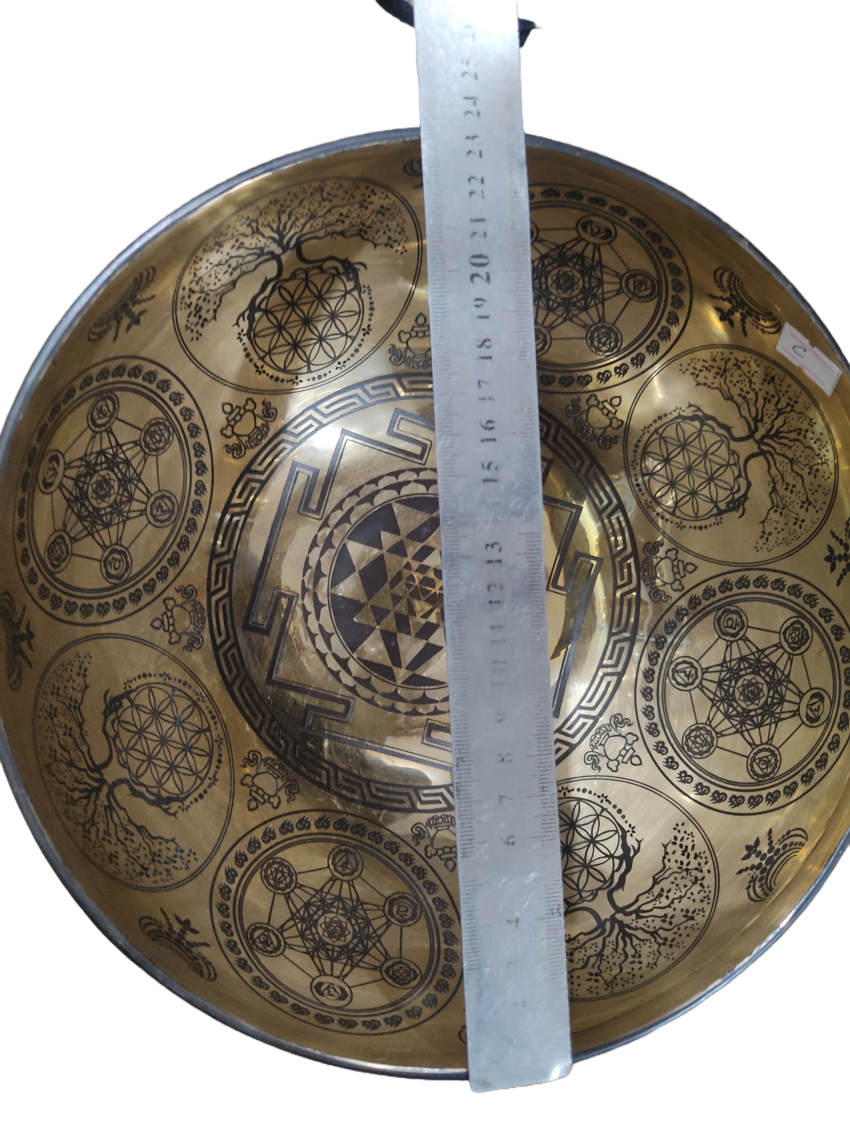
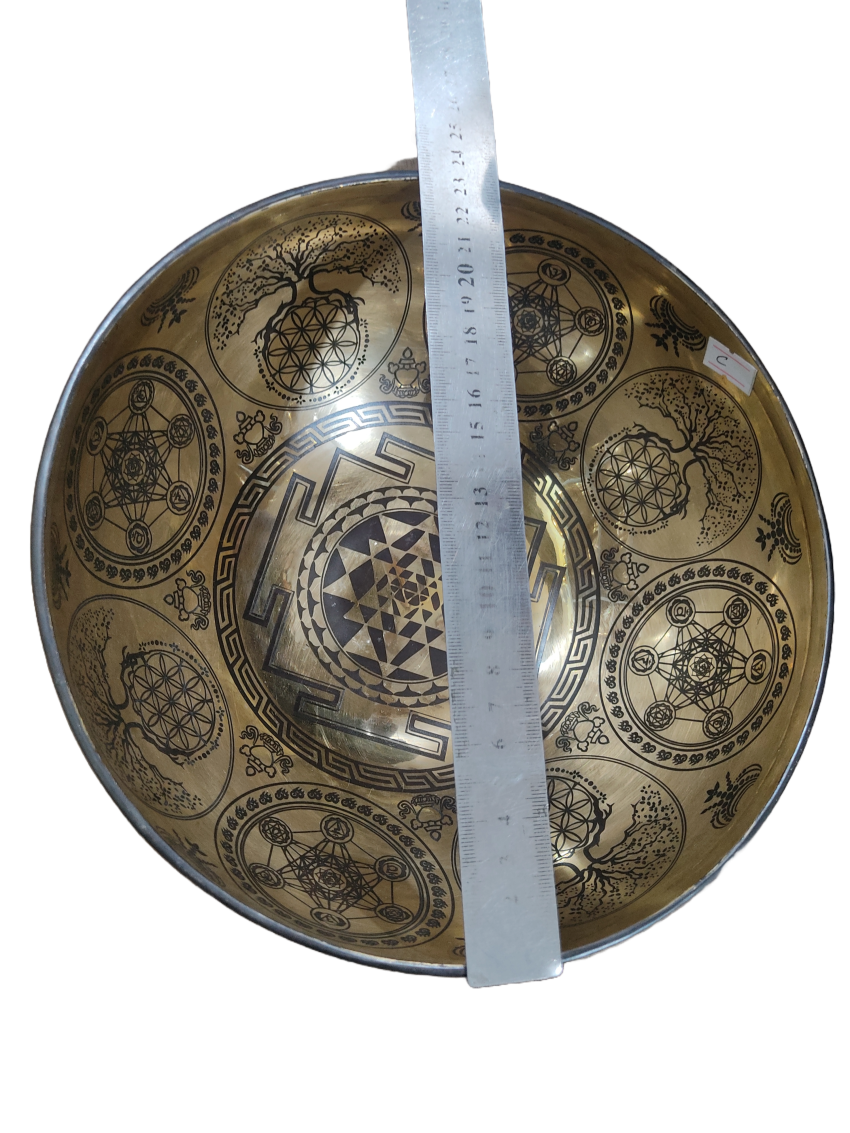
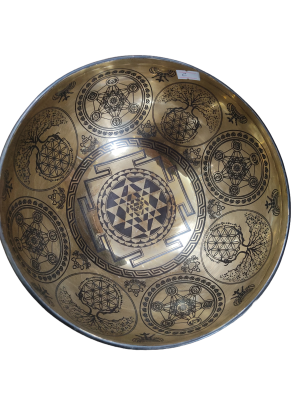
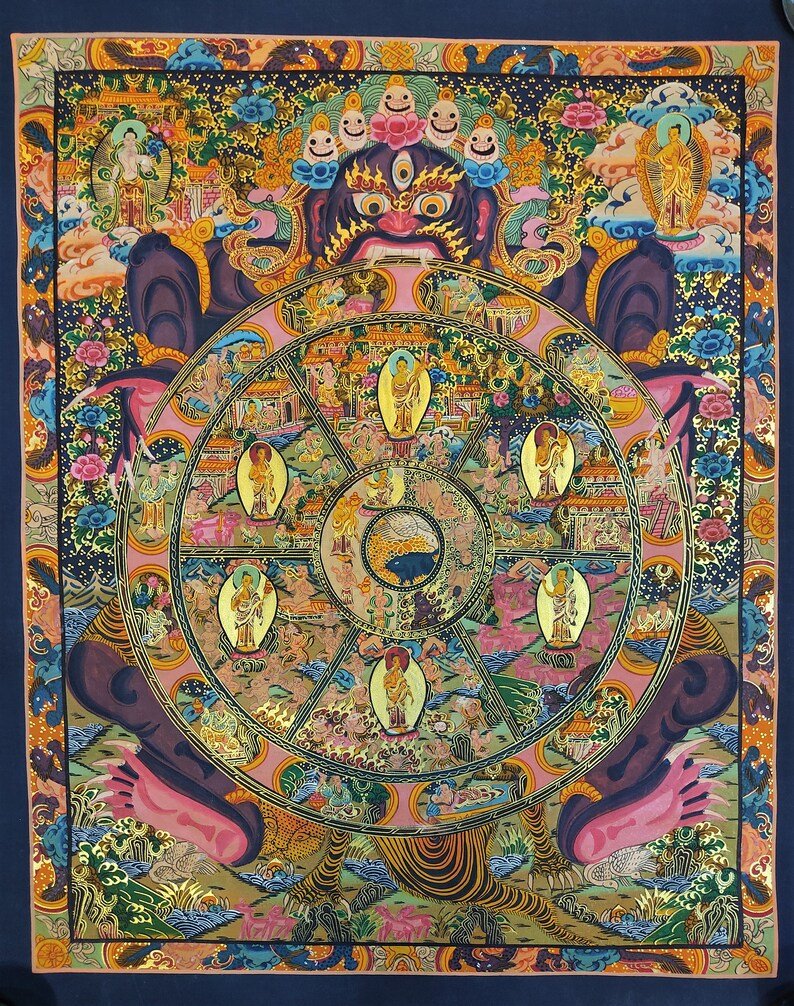
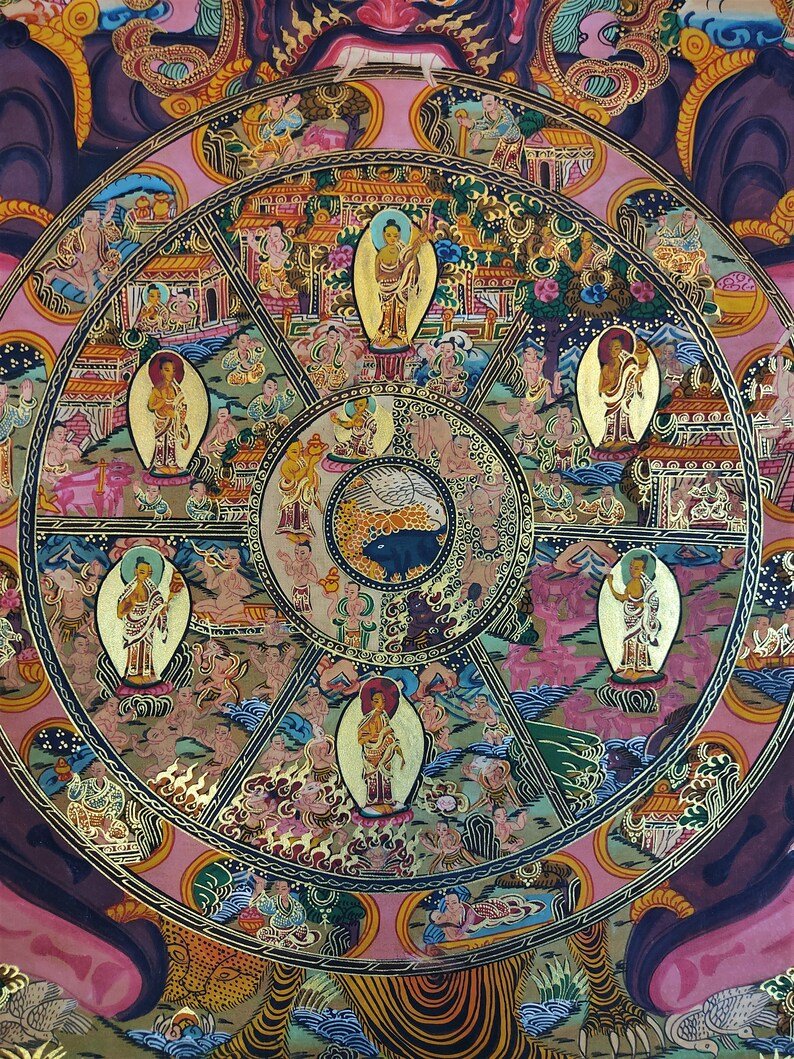
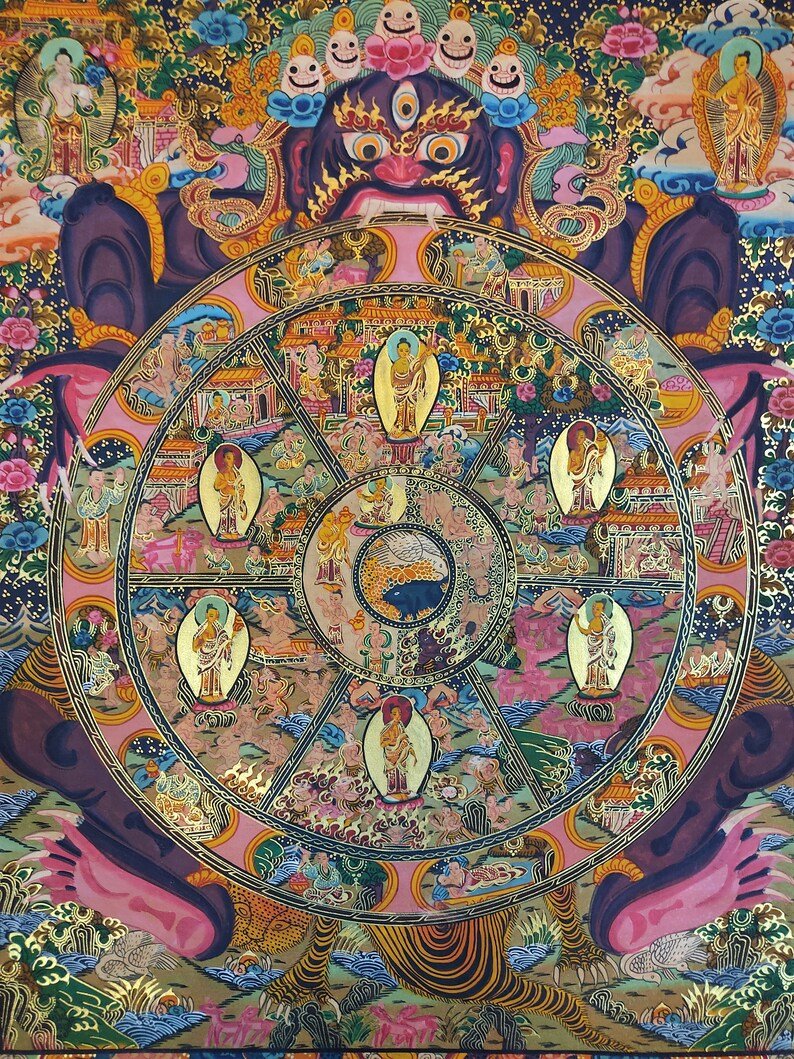
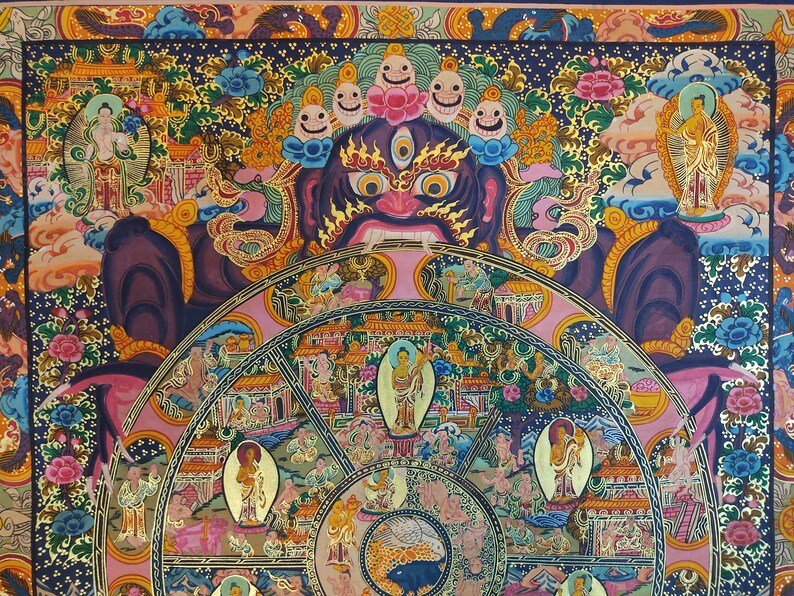
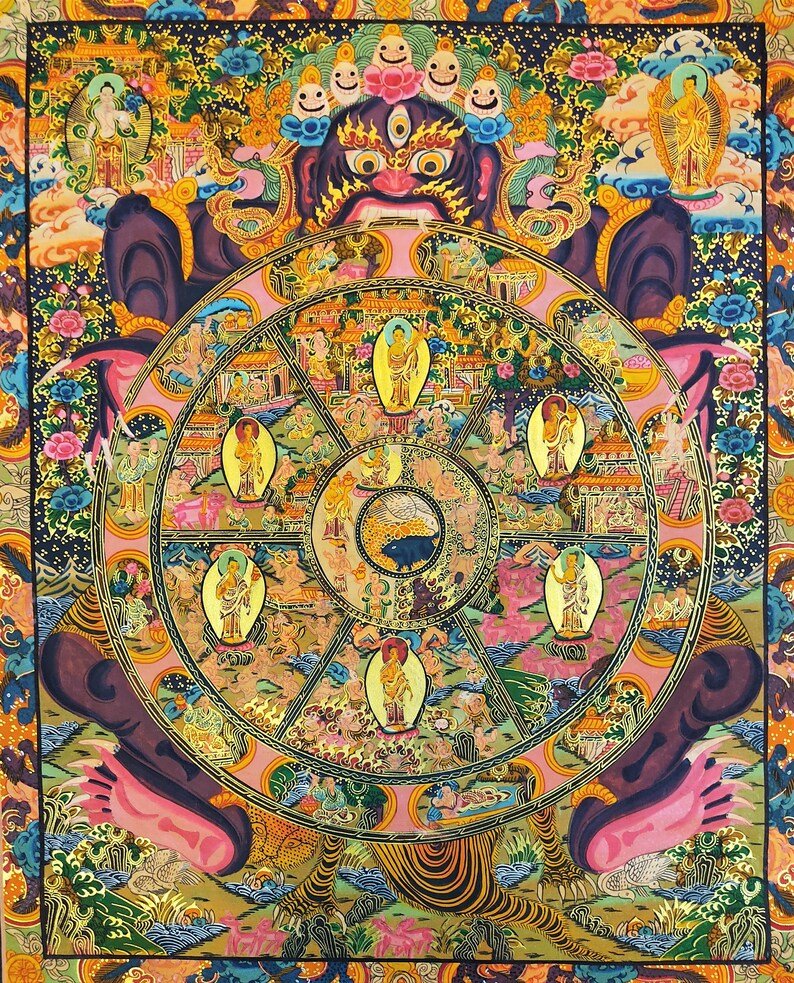
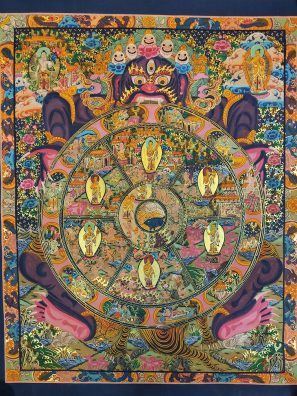
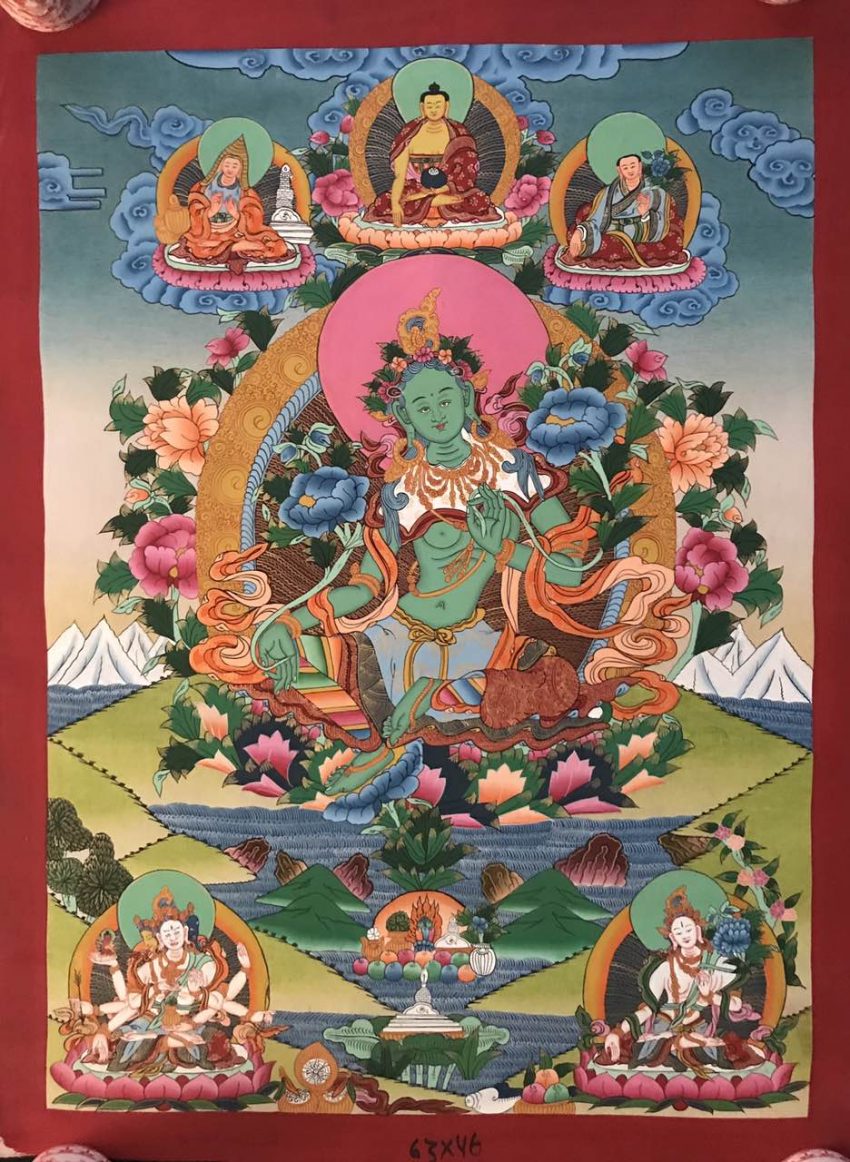
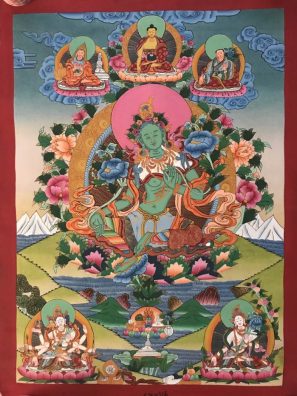
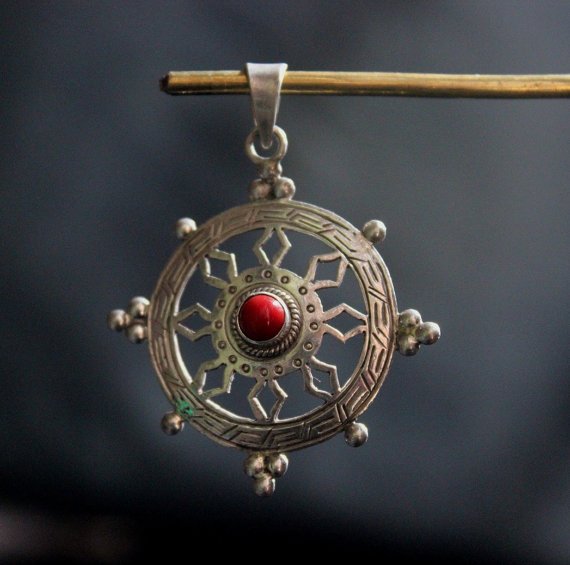
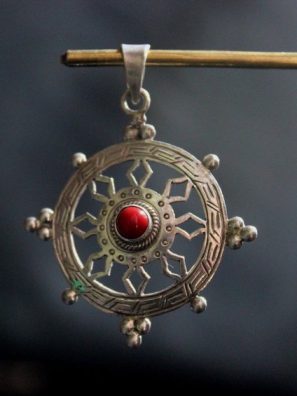
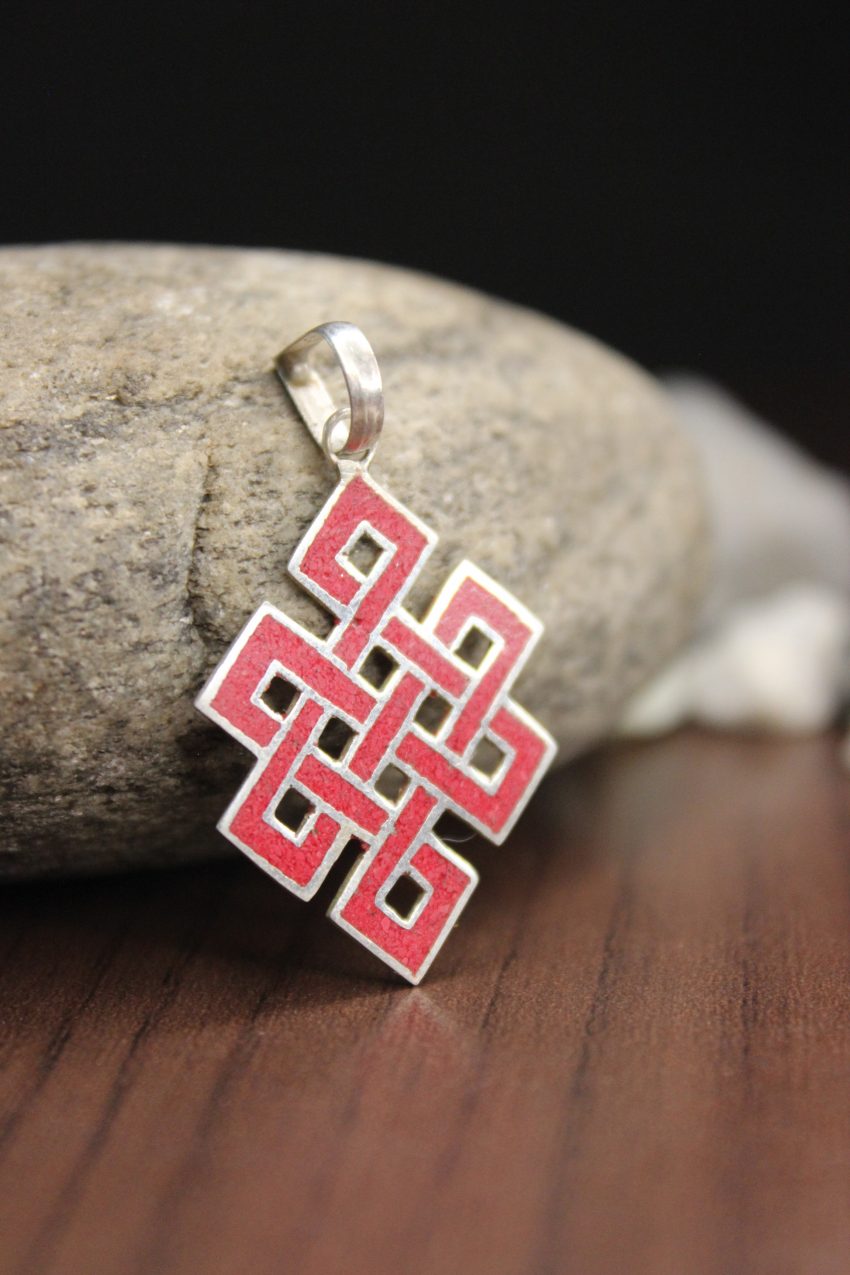
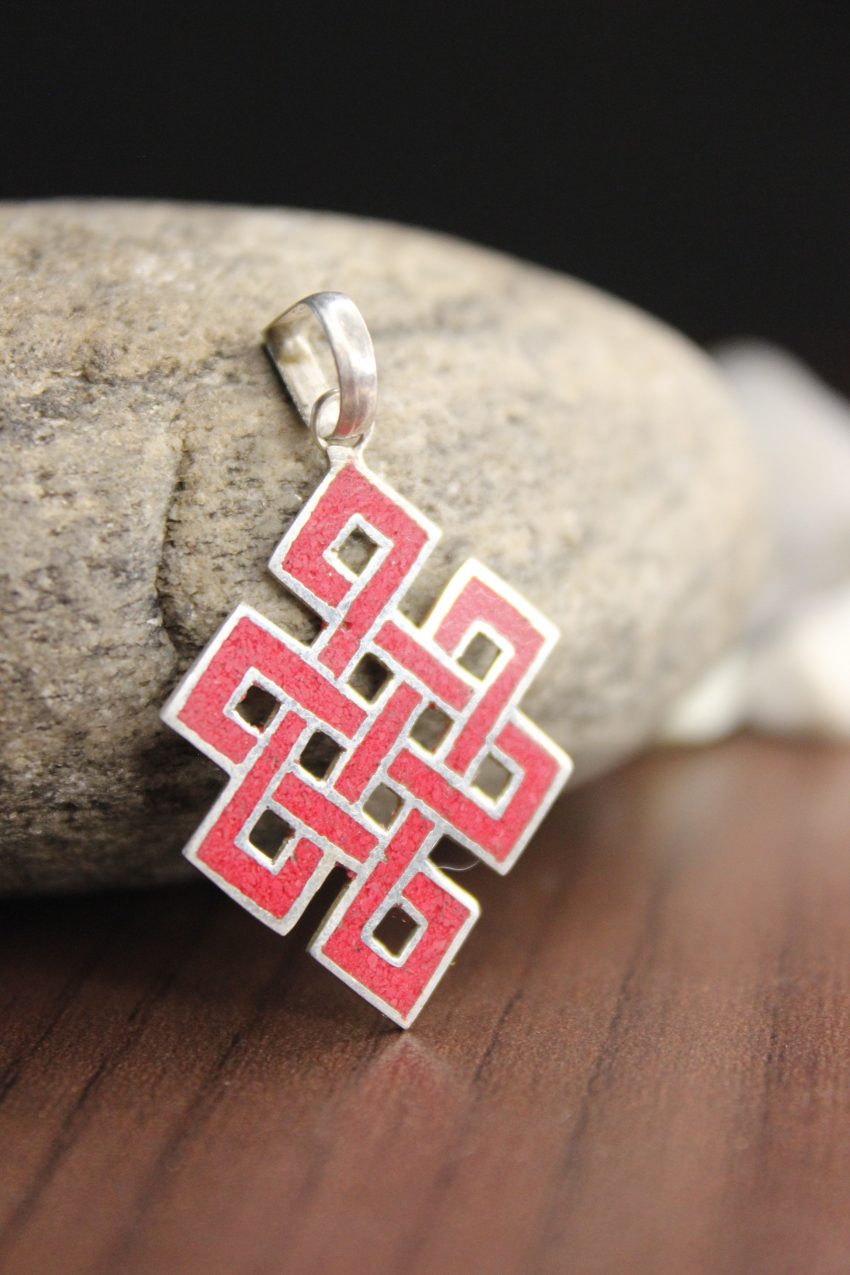
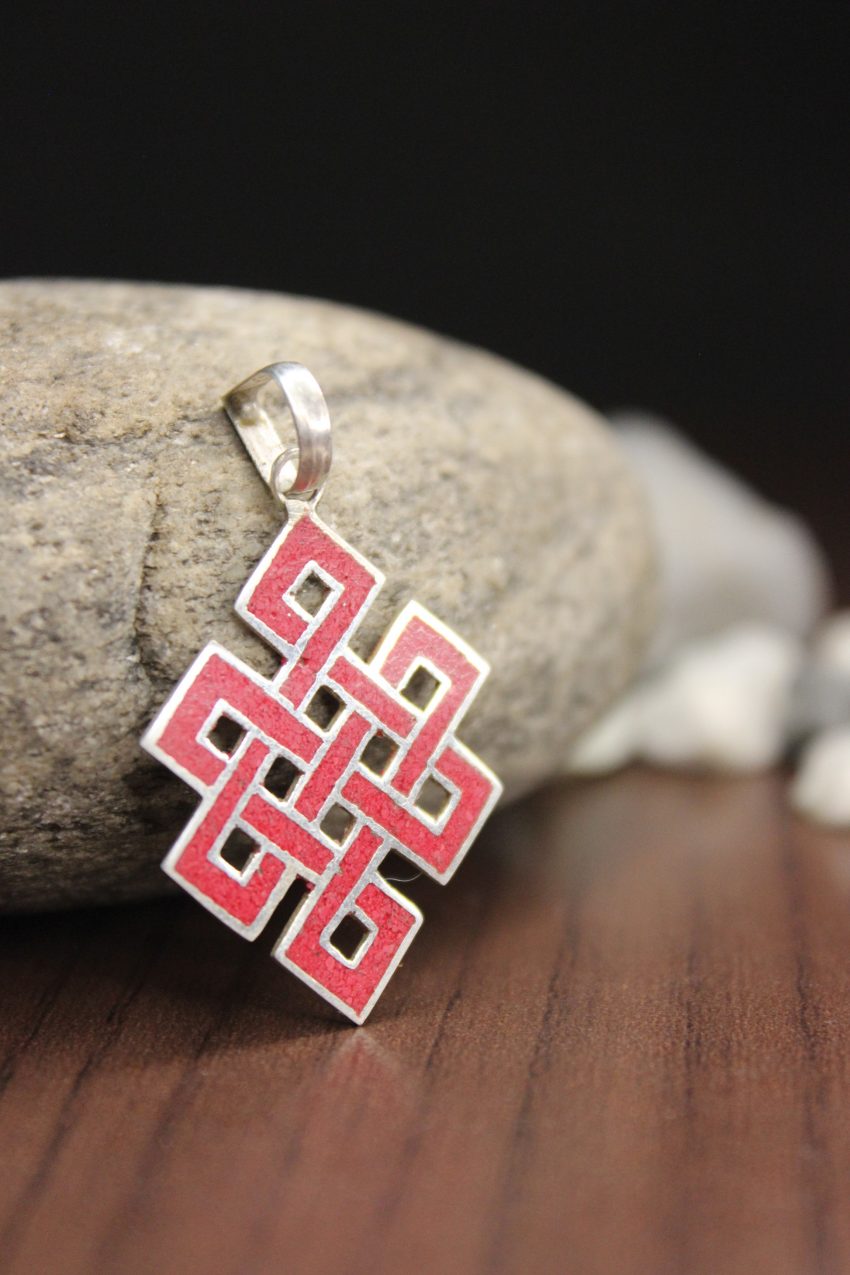
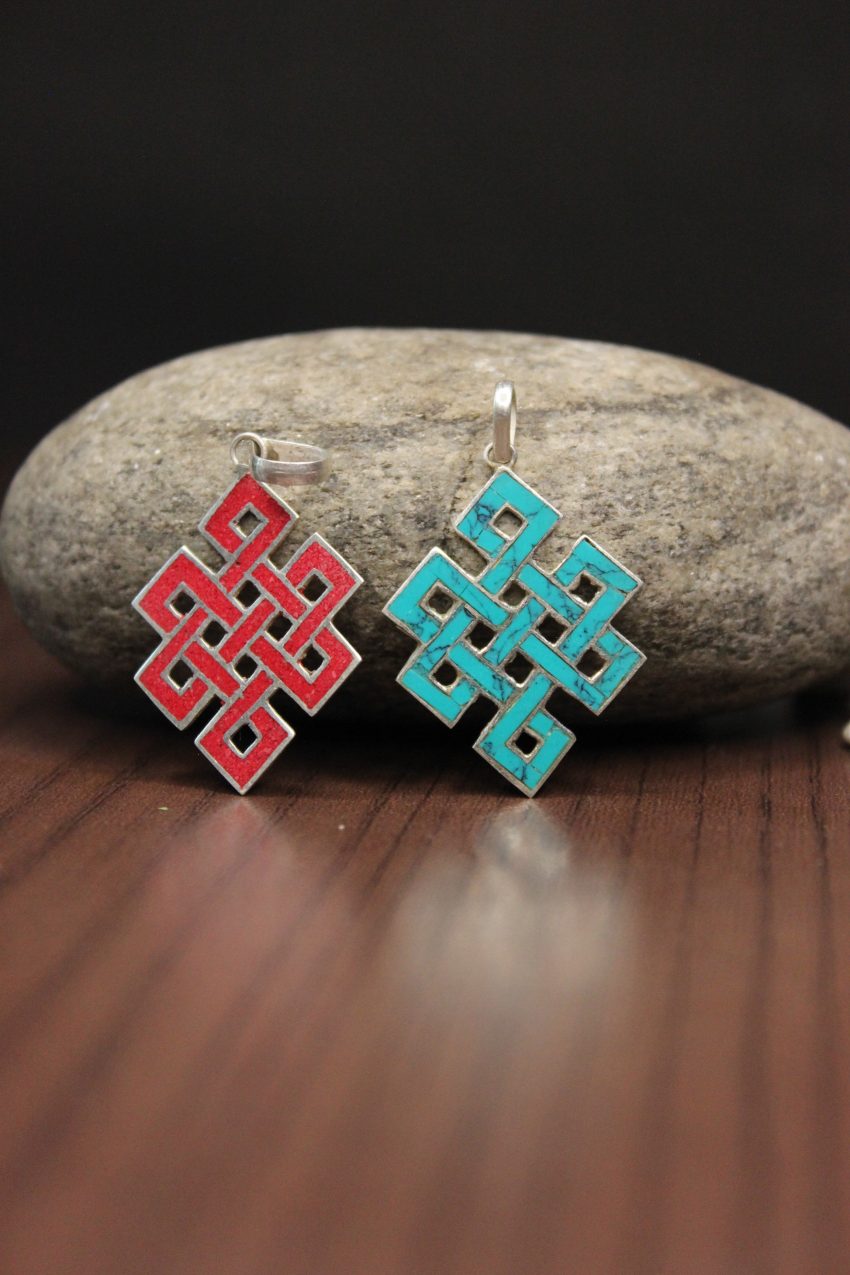
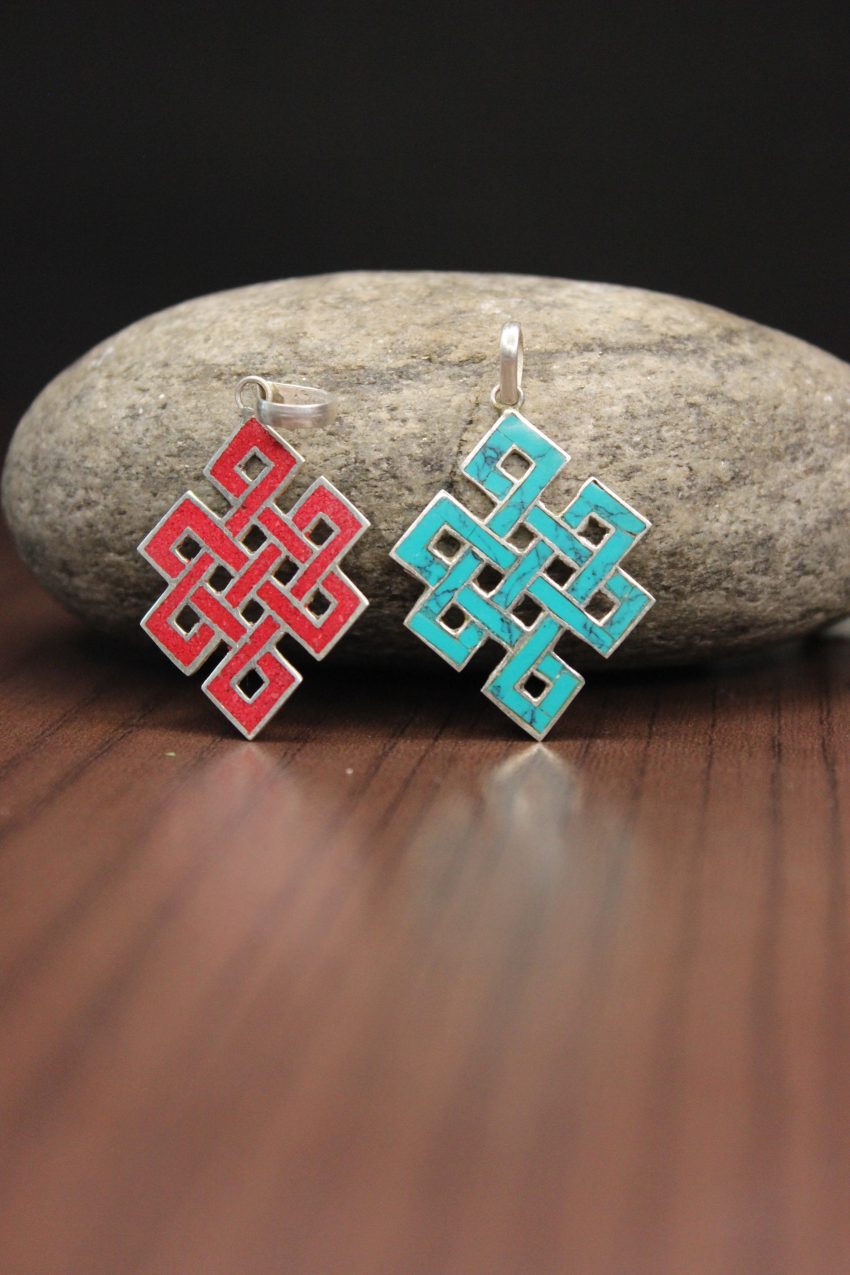
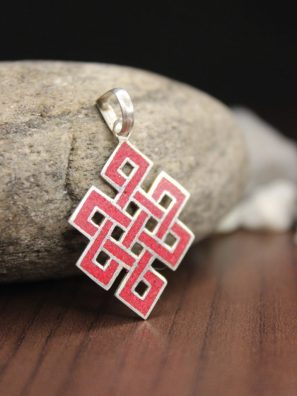
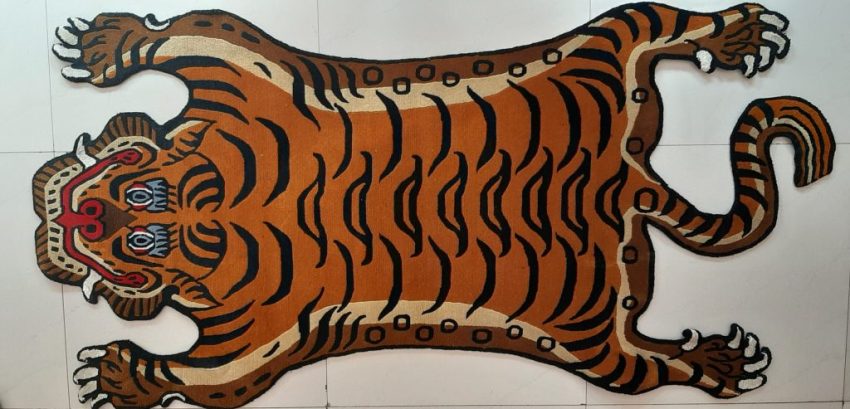
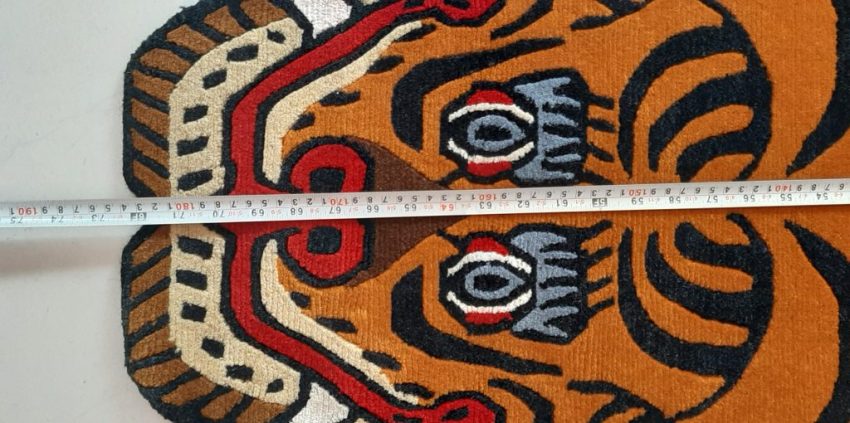
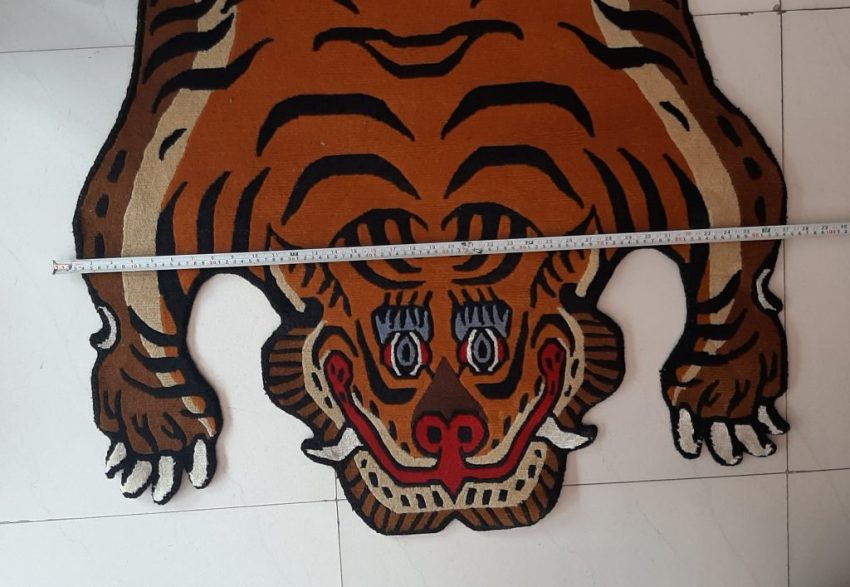
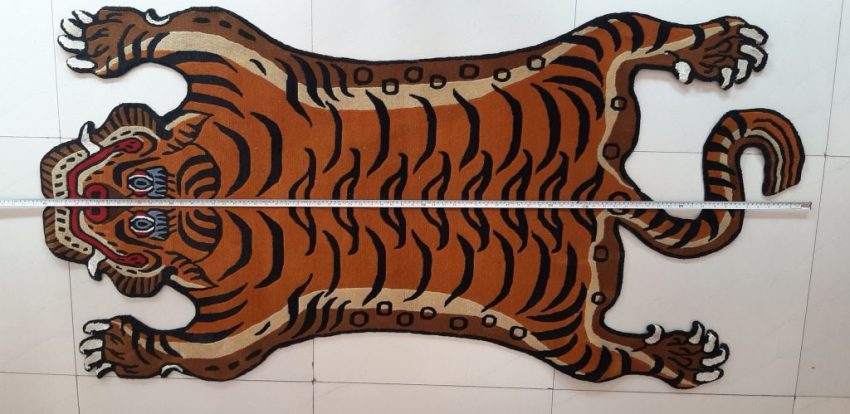
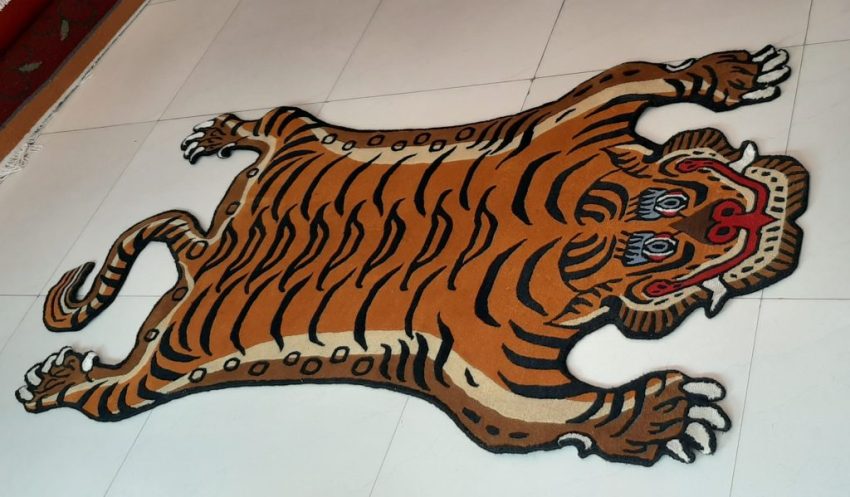
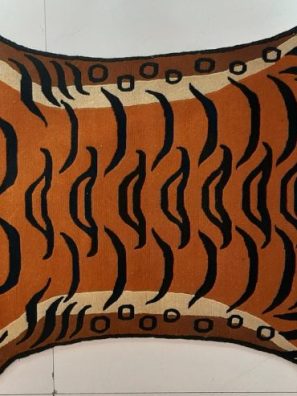
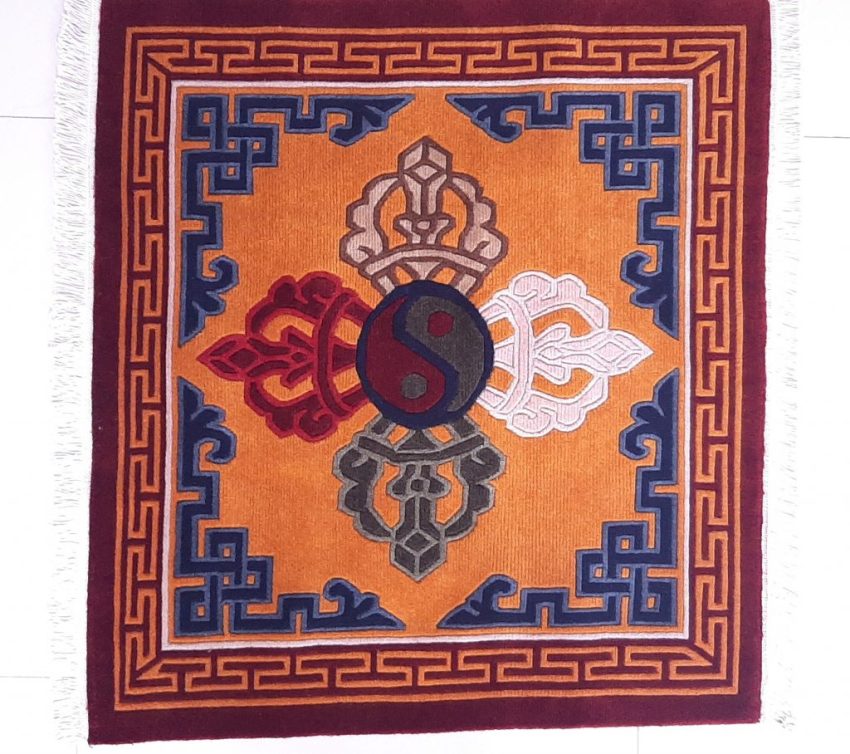
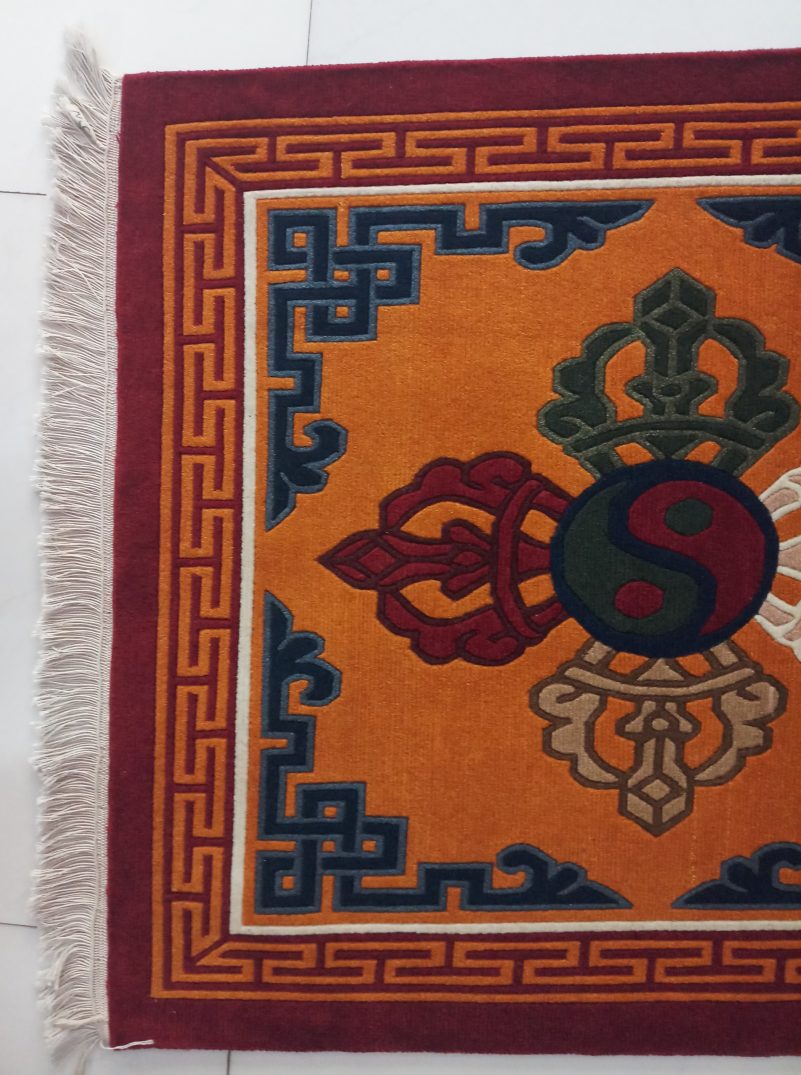
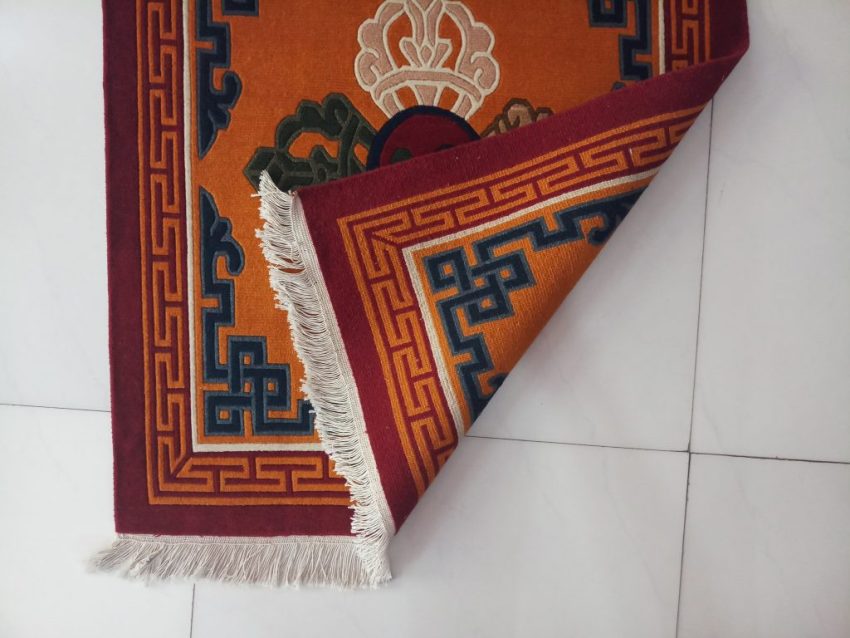
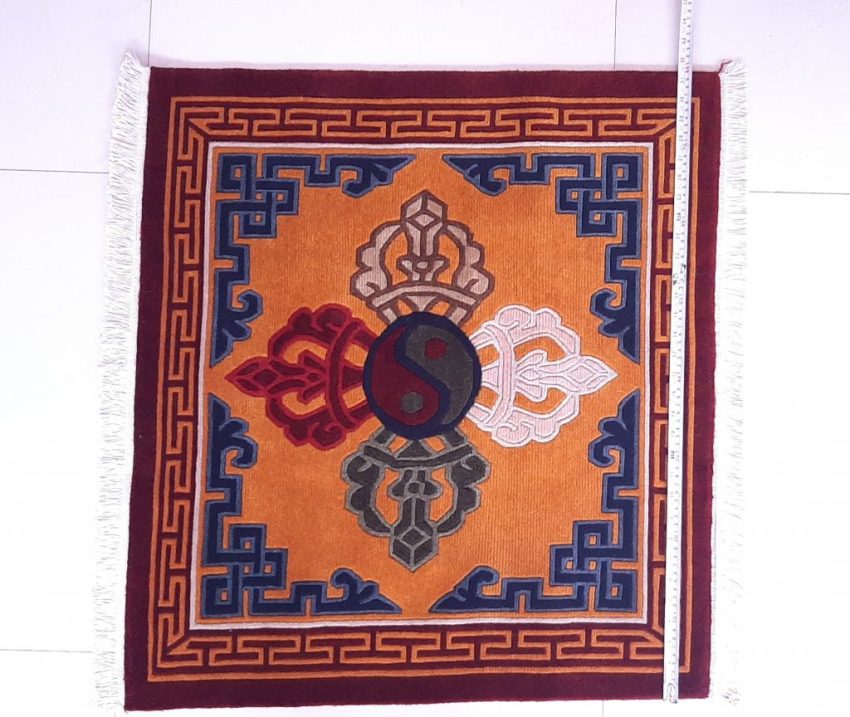
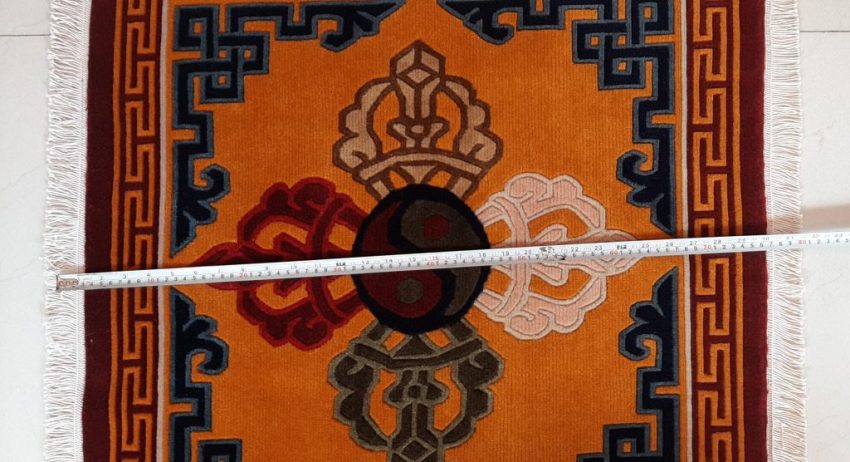
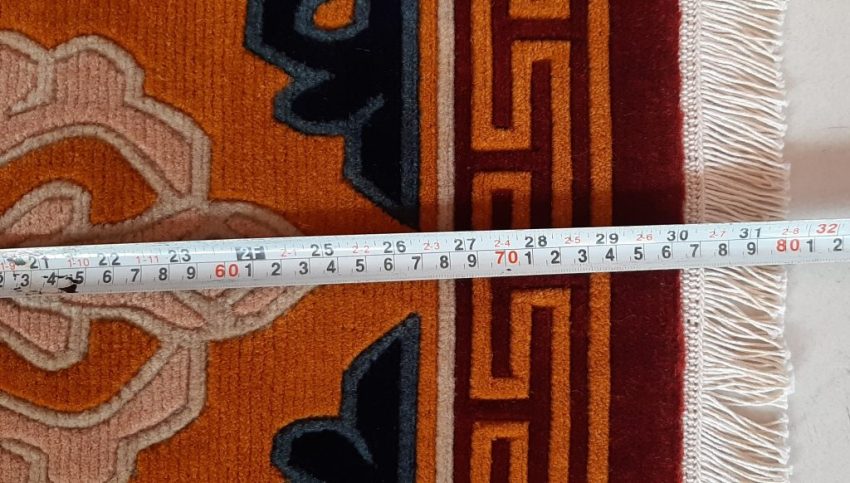
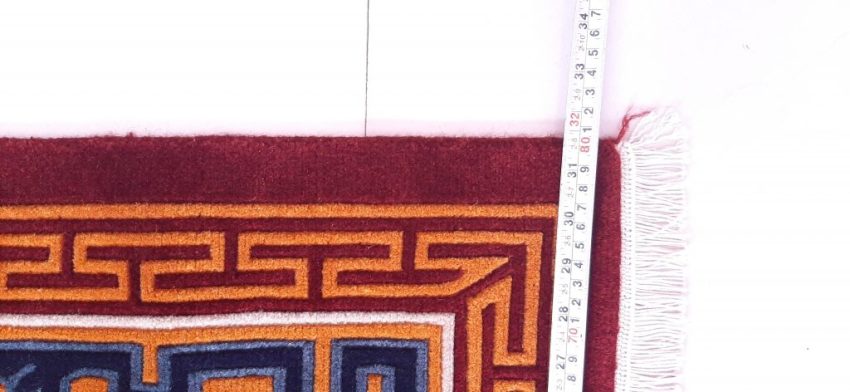
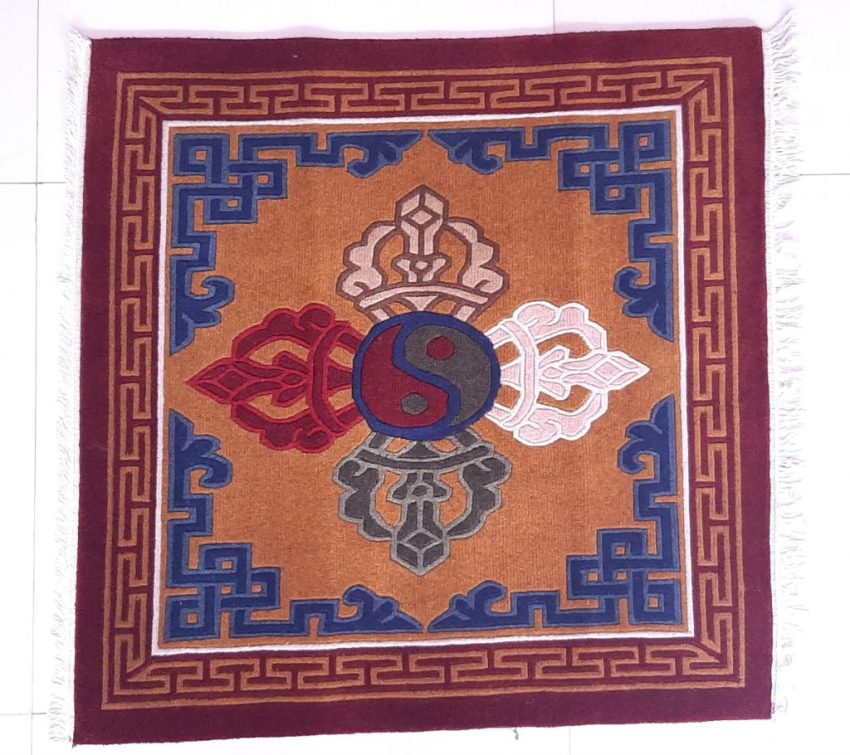
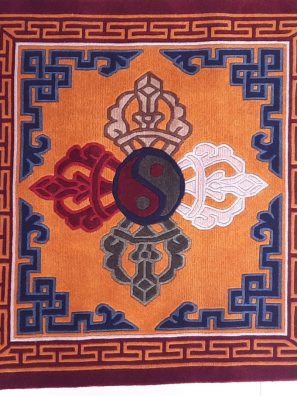

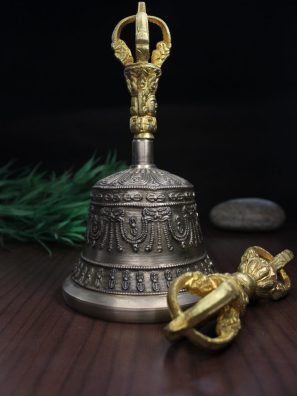
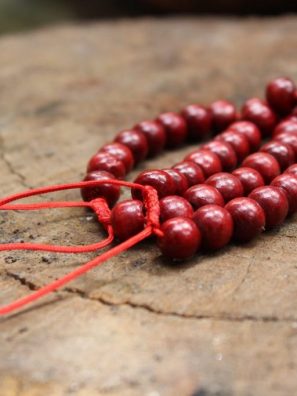
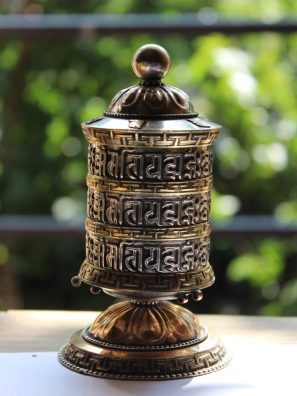


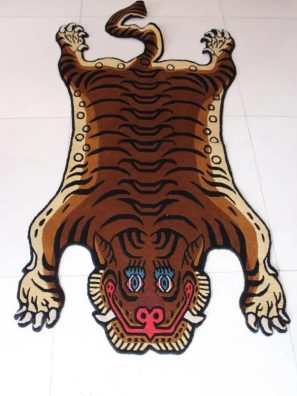
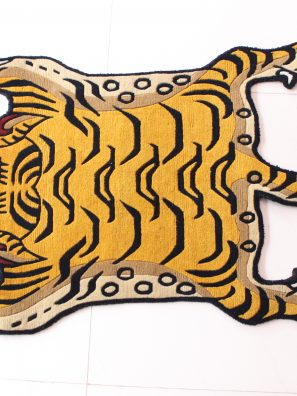
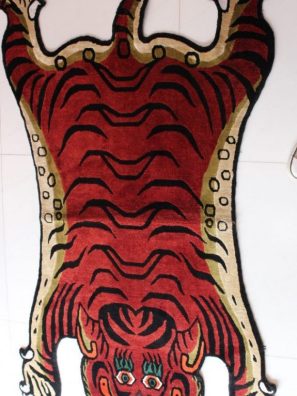
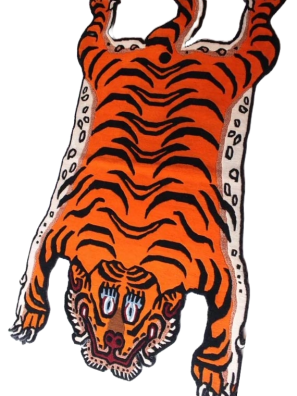
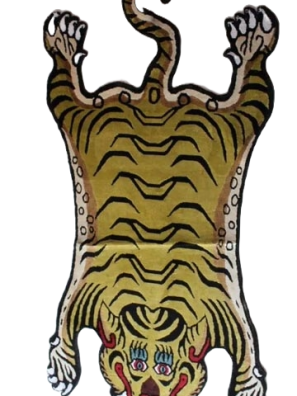
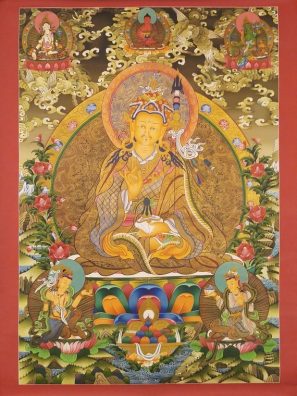
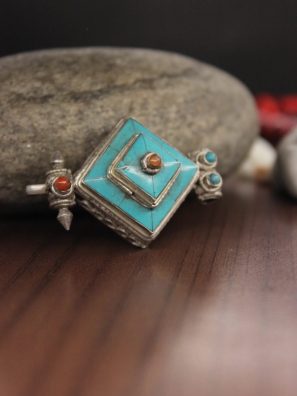
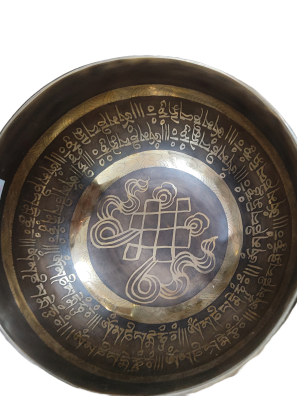
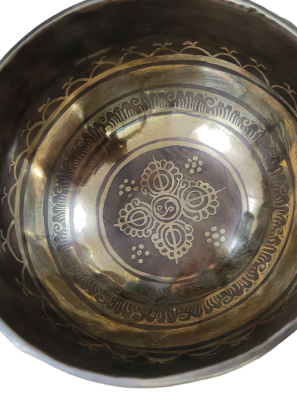
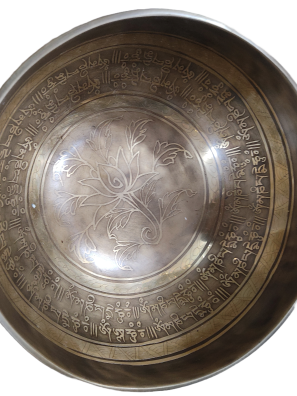
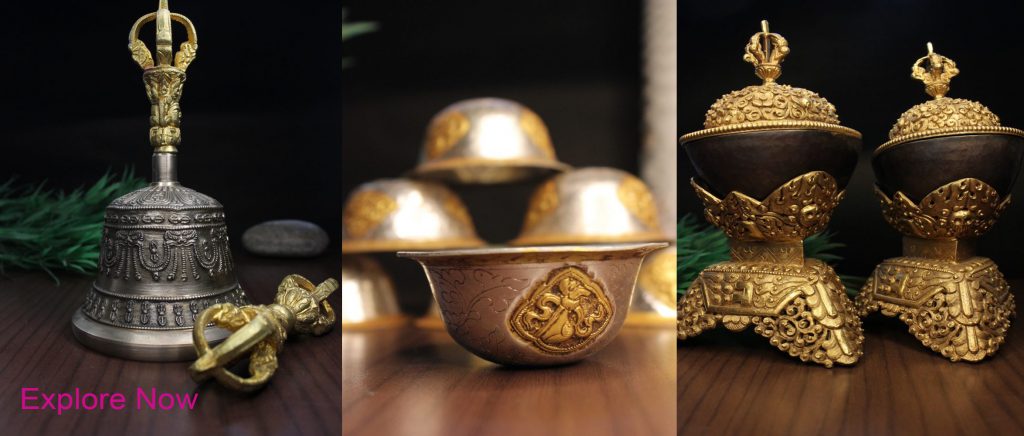
Margeret Madden
Beautiful bowl … quick service very plzed customer Thks ?
margeret madden
antrim, United Kingdom
Review left on Etsy by pinkdolphin2002 on Mar 29, 2016
Lunacywitch
Terrific bowl. Beautifully made with a lovely sound. Lovely bowl. Fast delivery.
Review left on Etsy by lunacywitch on Mar 6, 2020
Check this Product Out!